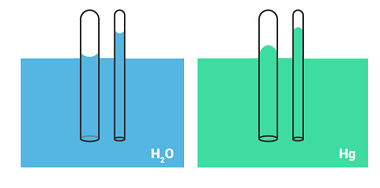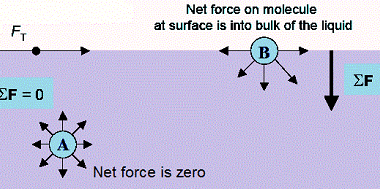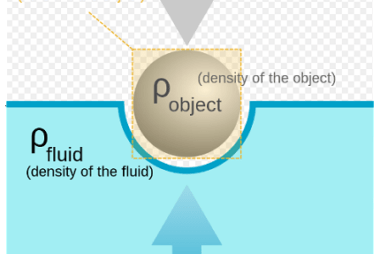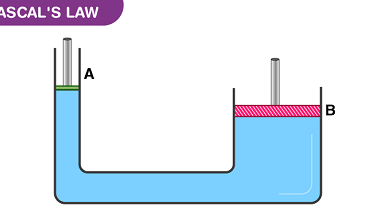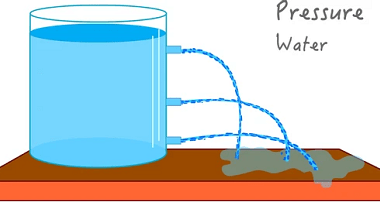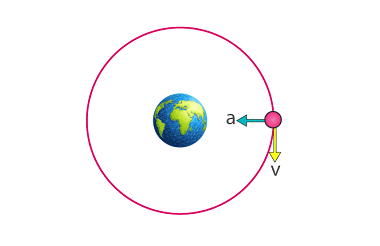Viscosity (Poiseuille’s equation excluded)
Viscosity is a measure of a fluid’s resistance to flow. It is defined as the internal frictional force that opposes the motion of one layer of fluid relative to another layer. The most common unit of viscosity is the Pascal-second (Pa·s) in the SI system, but other units like centipoise (cP) and millipascal-second (mPa·s) are…

